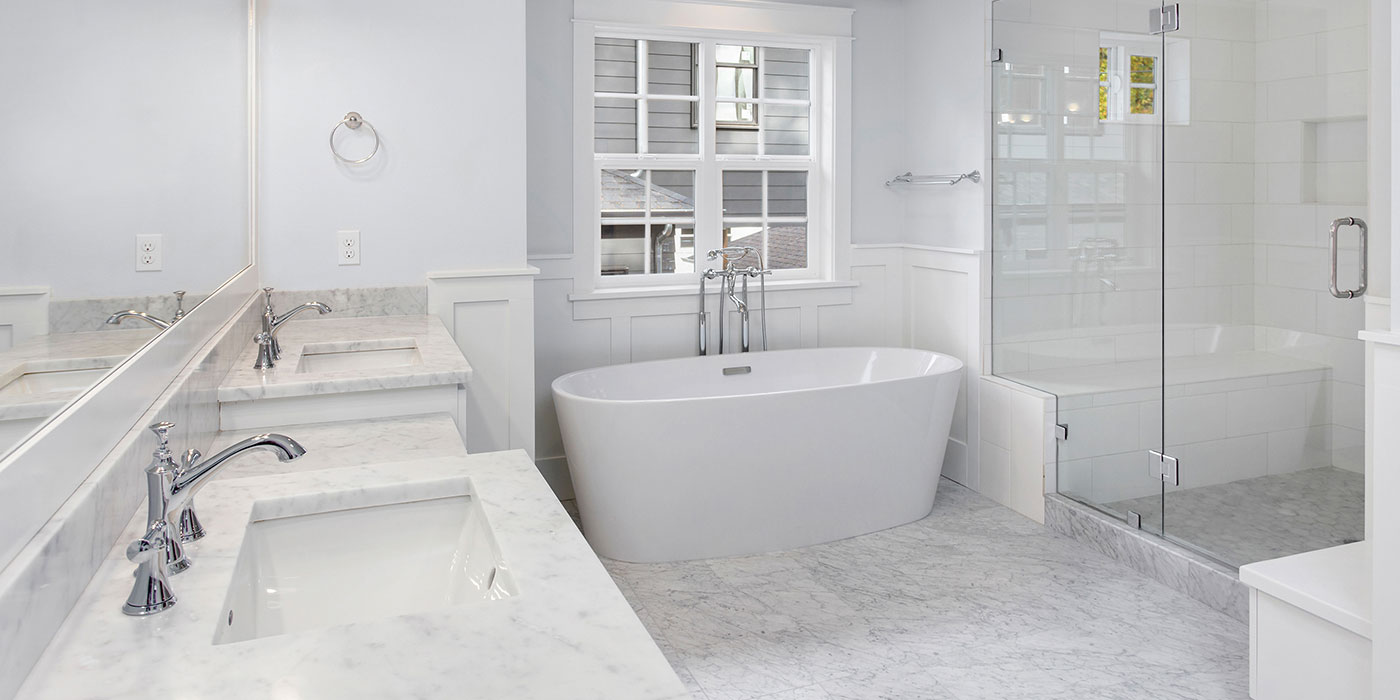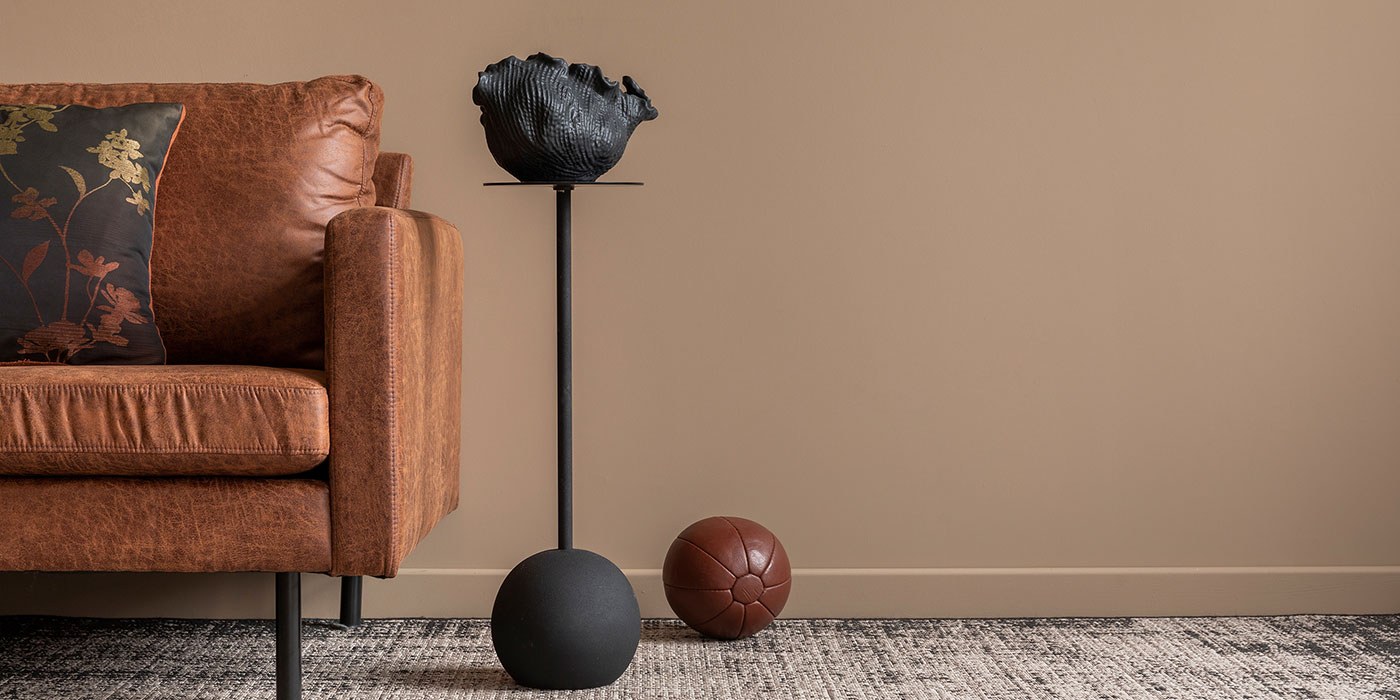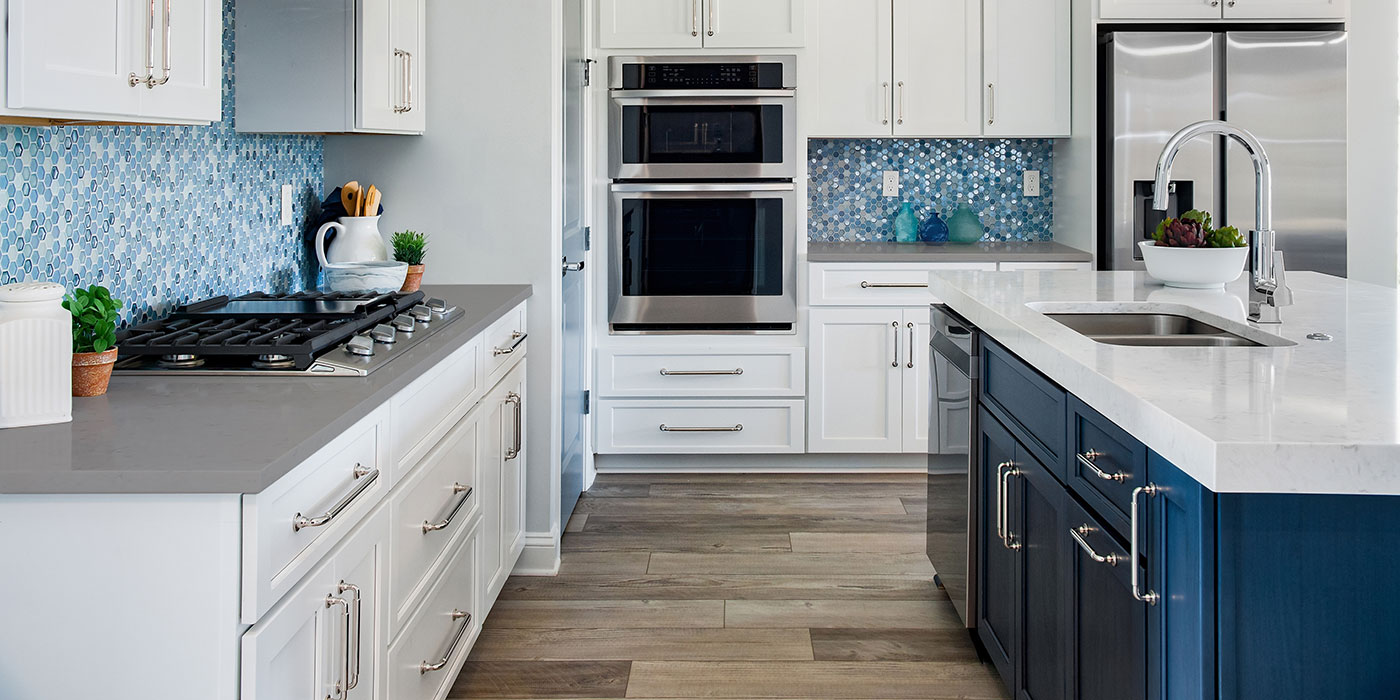Figuring out how much flooring you need is fairly straightforward; you measure your room’s width and length and multiply the two numbers together to get the overall square footage. However, it’s a good idea to purchase extra flooring to cover things like installation wastage, damaged pieces, laying pattern and mistakes during installation.
The features of your room will also determine the amount of extra flooring needed. Square or rectangular spaces will need the least amount of extra flooring. Rooms with lots of angles or nooks will require more flooring because there will be more end cuts. Working around obstacles like vents, cabinets or toilets will require additional flooring and so will laying flooring on the diagonal.
Most flooring manufacturers have a recommended overage amount included in the installation instructions and the amount is usually between 5 and 15 percent of the total square footage.
Hardwood flooring has more natural defects so the overage amount to purchase will be higher than a manufactured wood floor.
It’s a good idea to purchase all your flooring at the start of your project. You don’t want to find out at the end of your project that you are running out of flooring and then discover that your particular flooring is now unavailable. Also, purchasing all your flooring at once ensures that there is consistency in the appearance. This is especially true with pre-stained hardwood, there could be slight differences in the stain colour from one lot to the next.
We recommend keeping unused and leftover flooring for future use. If you ever have damaged floors, you will have extra flooring on hand to make repairs and patches.
If you have questions about the amount of flooring you need for your project, come in and talk to a TIMBER MART Flooring Expert. We have years of experience and great tips to make your floor installation easier. We can also offer ideas to keep you within your budget.



